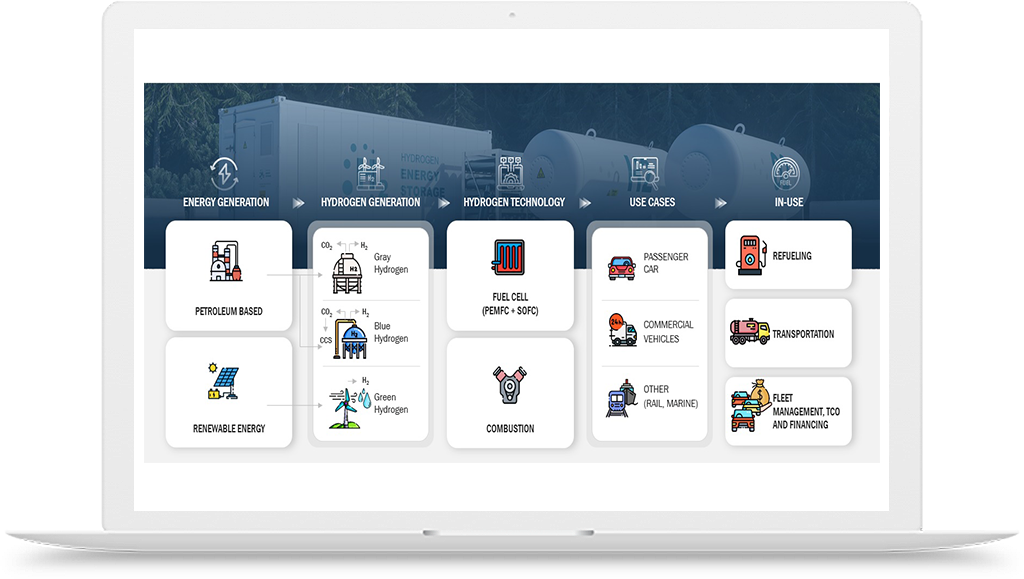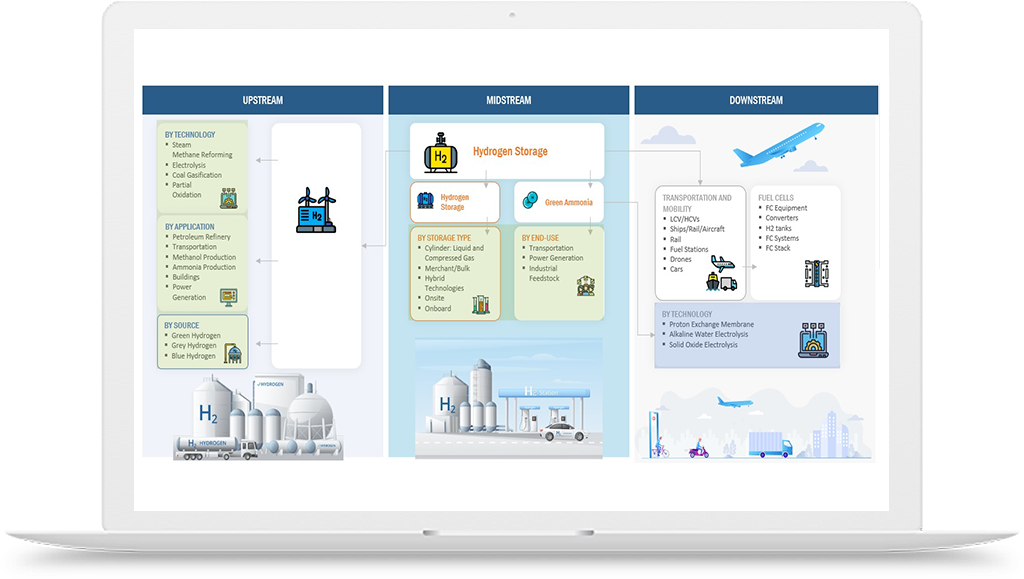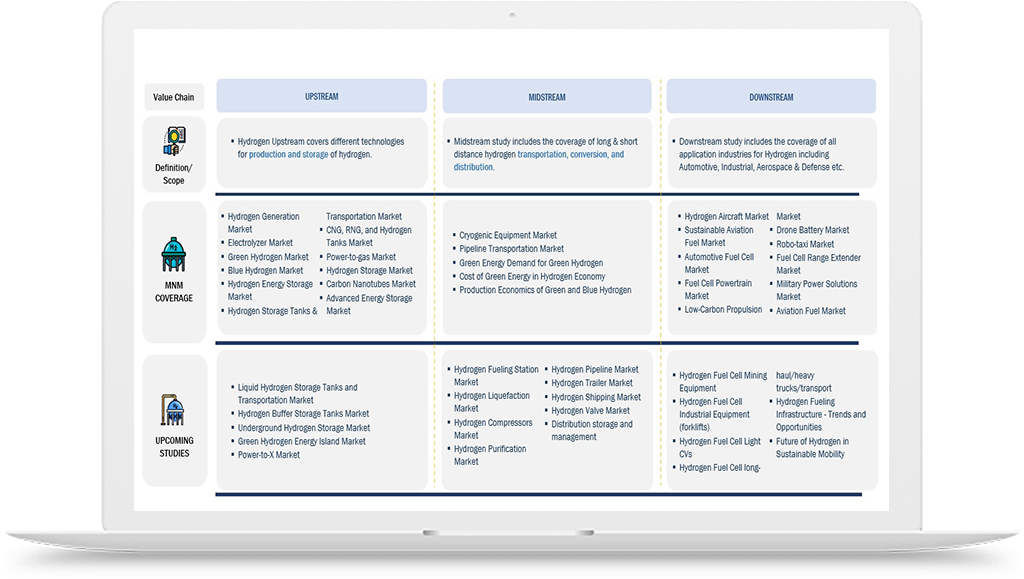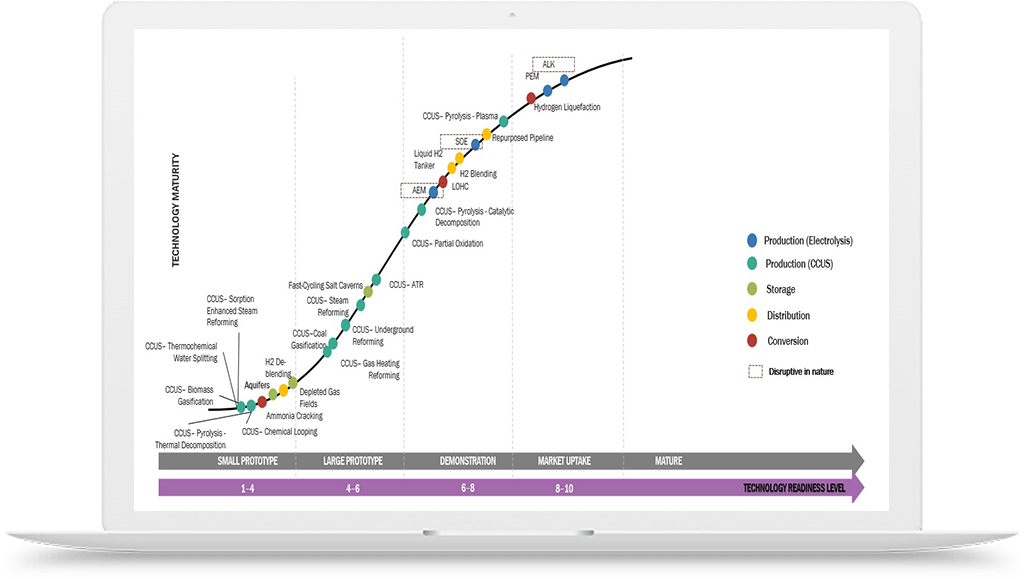Comparison of Green Hydrogen and Low-Carbon Technologies
Comparison of Green Hydrogen and Low-Carbon Technologies to Decarbonize the Energy System
Insights on other low-carbon technologies that compete with green hydrogen and offer opportunities to decarbonize the energy system. These technologies include batteries, carbon capture, utilization, and storage (CCUS), and renewable natural gas (RNG). Evaluating the return on investment (ROI) for these technologies involves considering various factors such as cost, scalability, market demand, policy support, and the specific goals and circumstances of the company.
-
Batteries:
Use: Batteries are extensively employed for energy storage in a variety of industries, including grid applications and transportation, especially in the case of sophisticated lithium-ion batteries.
Potential for Decarbonization: Batteries facilitate grid balancing, allow the integration of renewable energy sources, and store intermittent renewable energy. These features can all contribute to the energy system's decarbonization.
Assessment of Return on Investment (ROI): Businesses assessing battery technology had to take into account elements including initial expenses, longevity, effectiveness, expandability, and possible income streams from functions like frequency control, demand response, and peak shaving. Battery technology market demand and return on investment may also be impacted by the increasing utilization of electric vehicles and the laws that encourage them.
-
Carbon Capture, Utilization, and Storage (CCUS):
Application: Technologies for capturing, using, and storing carbon dioxide (CO2) emissions from manufacturing processes and electricity production store or use the CO2 emissions to keep it from escaping into space.
Decarbonization Potential: Although it is difficult to directly decarbonize fossil fuel-based businesses, CCUS can be utilized to reduce emissions from these sectors. Additionally, it may make it possible for gray or blue hydrogen processes to produce low-carbon hydrogen.
ROI Evaluation: Businesses should take into account elements including the price of collecting, moving, and storing CO2, in addition to possible income streams from the sale of CO2 that has been captured for use. The ROI for CCUS projects can be impacted by regulatory incentives, carbon pricing methods, and the availability of appropriate storage sites.
-
Renewable Natural Gas (RNG):
Use: Agricultural waste, wastewater treatment facilities, and landfills are some of the places where renewable natural gas, or RNG, is produced. Biomethane is another name for it.
Decarbonization Potential: RNG presents a chance to substitute renewable natural gas for fossil natural gas, hence reducing the sector's carbon footprint. It can be utilized as a fuel for transportation, power generating, and heating.
ROI Evaluation: When evaluating a return on investment, businesses should take into account variables including feedstock cost and availability, production technology, distribution network, market demand, and policy support for RNG.
The following actions should be taken as part of a thorough investigation to determine the return on investment for various low-carbon technologies: Comparison of Green Hydrogen and Low-Carbon Technologies:
- Examine the company's unique decarbonization requirements and objectives, taking industry-specific obstacles and legal frameworks into account.
- Compare the upfront expenses, ongoing expenses, and prospective revenue streams related to each technology by performing a cost-benefit analysis.
- Taking into account variables including market demand, infrastructure needs, and the competitive environment, evaluate the technology's scalability and commercial potential.
- Consider the incentives, subsidies, and carbon pricing mechanisms that may affect the return on investment when evaluating the legislative and regulatory support for each technology.
- Examine both the technical and operational viability, taking into account elements like technological maturity, efficiency, dependability, and possible integration difficulties.
- The technology's long-term sustainability and environmental impact should be taken into account. This includes life cycle assessments and potential environmental advantages that go beyond reducing carbon emissions.
Finally, the ROI analysis should take into account the company's unique needs and goals while considering aspects like cost-effectiveness, the possibility of reducing emissions, market dynamics, and regulatory support. Making educated investment decisions that support decarbonization objectives requires routinely reevaluating the ROI as costs, market conditions, and technology advance.
















